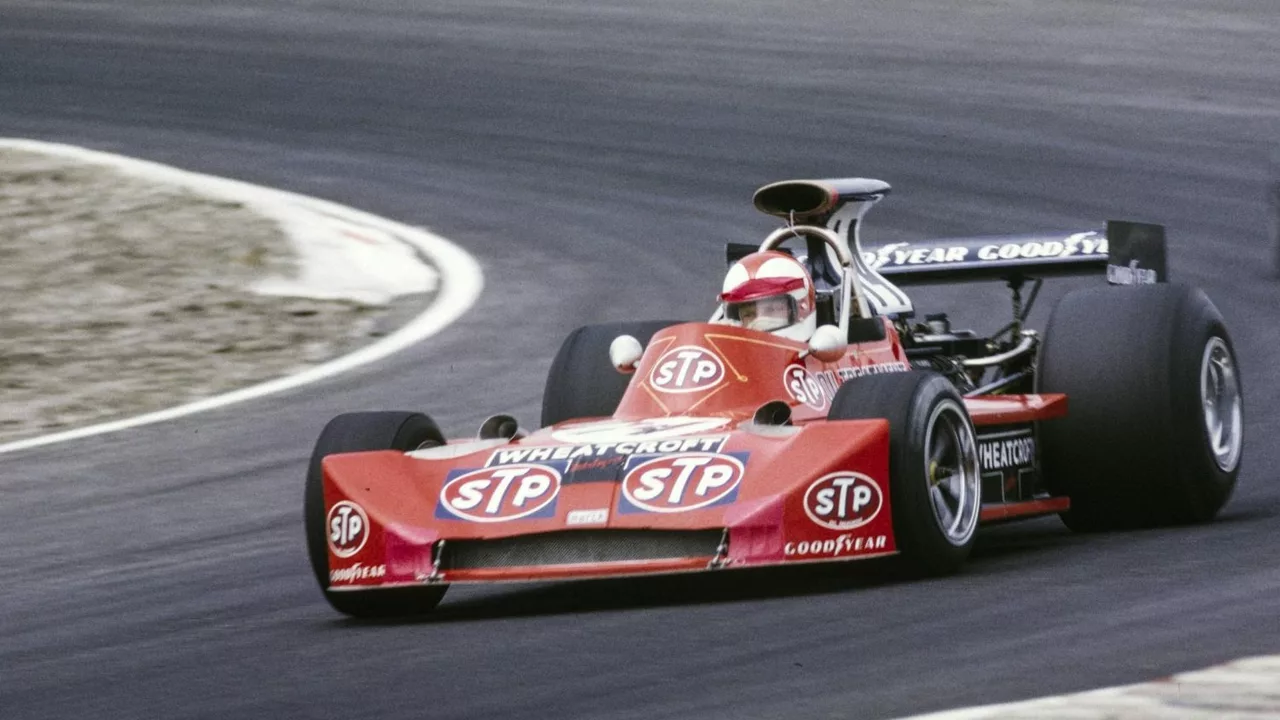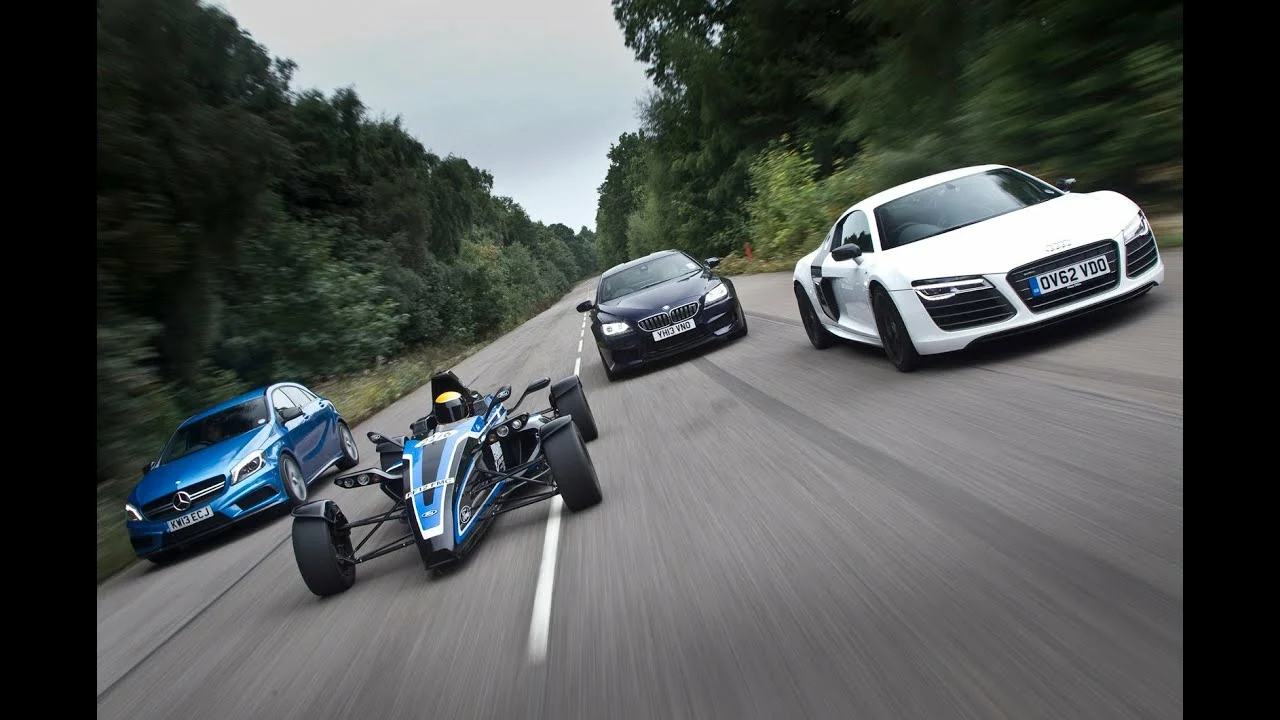Motorsports Analysis: Compare, Explain, Explore
Welcome to the hub where we break down the biggest questions on the track. Whether you’re wondering if an F1 car could beat an IndyCar on an oval, or why German giants BMW and Audi stay away from Formula 1, we’ve got the facts, the why‑ifs, and the plain‑talk you need.
F1 vs IndyCar: Who Wins on the Track?
First up, the classic showdown: a sleek Formula 1 machine versus the rugged IndyCar. On paper, an F1 car looks like a speed demon – lightning‑quick acceleration, razor‑sharp aerodynamics, and a power‑to‑weight ratio that makes other cars look sluggish.
But IndyCars are built for a different playground. Their chassis handle long, high‑speed ovals with ease, and they’re tuned for durability over marathon‑length races. An F1 car might snap ahead at the start, but as the laps stack up, the IndyCar’s softer suspension and fuel efficiency start to shine.
Bottom line: on a road‑course that mimics a Grand Prix layout, the F1 car would likely dominate. On a true oval – think Indianapolis – the IndyCar’s design gives it the edge. It’s not just about raw speed; it’s about matching the machine to the track.
Why BMW and Audi Skip Formula 1
Next, let’s talk German engineering. You’d think BMW and Audi would jump into the F1 arena alongside Mercedes, right? In reality, both brands have chosen a different road.
The main driver is money. Running an F1 team costs billions each season, and the payoff isn’t guaranteed. Instead, BMW and Audi are pouring cash into electric vehicles, autonomous tech, and sustainability projects – the future they see for everyday drivers.
There’s also a strategic angle. Both companies already have strong motorsport footprints in touring cars and endurance racing, where the technology transfer to road cars is clearer. By staying out of F1, they avoid the massive budget gamble and keep their brand focus on green innovation.
So, while fans might miss a German showdown at the next Grand Prix, the reality is that BMW and Audi are betting on a different kind of speed – the quiet, instant torque of electric power.
Our analysis page pulls these stories together, giving you the straight‑talk you need to understand the why’s and how’s behind the headlines. Want more deep dives? Check the posts below for a full breakdown of each topic.
Stay tuned, keep questioning, and enjoy the ride. The track never stops, and neither do we.

